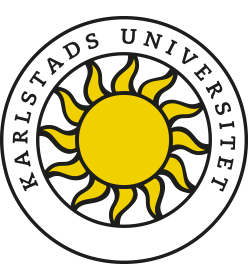Like barn leker best? Ungdomsskoleelevers holdninger til religiøse og verdiorienterte symboler
Nøgleord:
RELIGION, RELIGIOUS SYMBOLS, YOUTH, SYMBOLIC BOUNDARIESResumé
The use of religious and value-oriented symbols and clothing in the public sphere has been a theme for several debates in many European countries over the last couple of years. Affiliation and individuality can be non-verbally displayed by wearing symbols. Religious diversity can contribute to a multitude of interpretations of these symbols. In this article we investigate what attitudes youths have regarding the use of religious and value-oriented clothing and symbols. The study has been conducted among youth at five different schools in Southern Norway. The respondents show a tolerant attitude towards most of the symbols in the study. Christian symbols are considered the most positive. Visible symbols which are considered remote from the mainstream culture will make a greater proportion of people distance themselves from it. This study shows a correlation between youth wearing Christian symbols being less positive towards cultural and religious symbols of minority, such as the hijab. Youth who wear, or could imagine wearing a hijab also show a greater acceptance of different expressions and symbols of minority culture.


